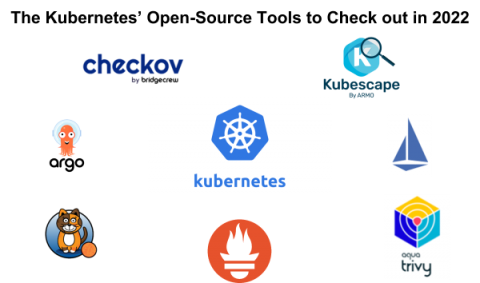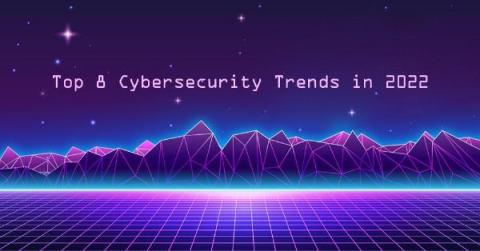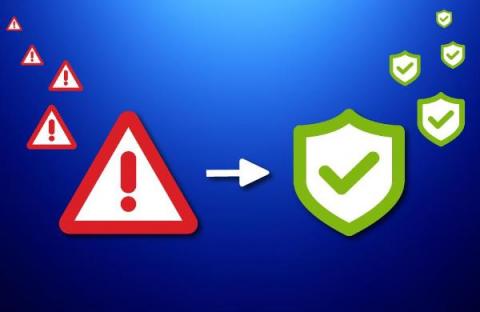How to Make Slack HIPAA Compliant in 2022
As digital transformation continues post-COVID more organizations, including those covered by HIPAA, will seek out SaaS solutions that make collaboration easier. Fortunately more and more applications like Slack are enabling HIPAA compliant use. In early 2019 as Slack filed for its IPO, the company also updated its security page to provide details on its qualifications as a HIPAA compliant messaging app.











